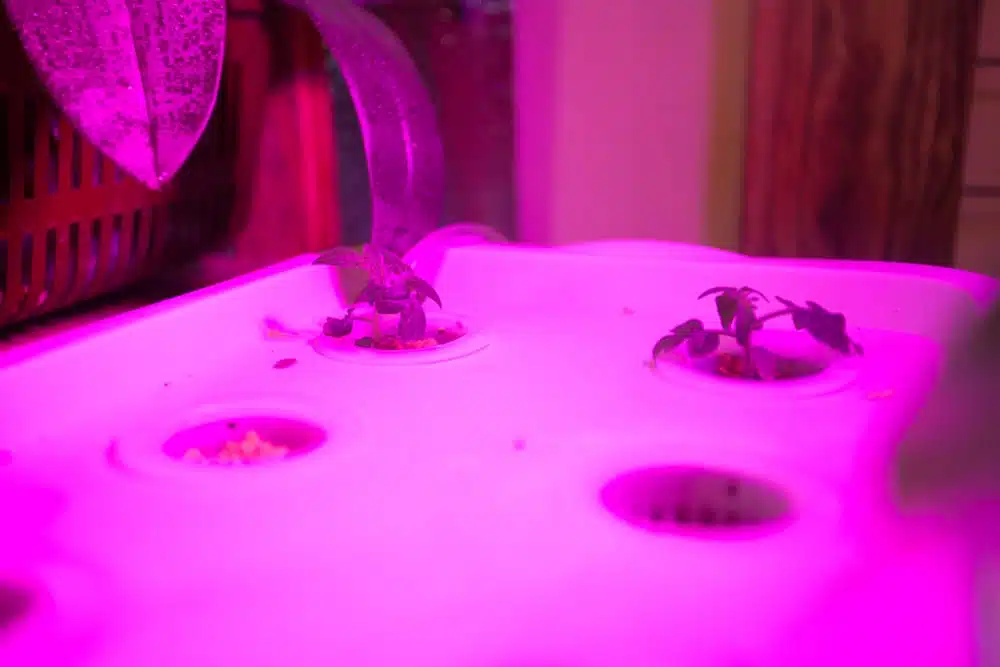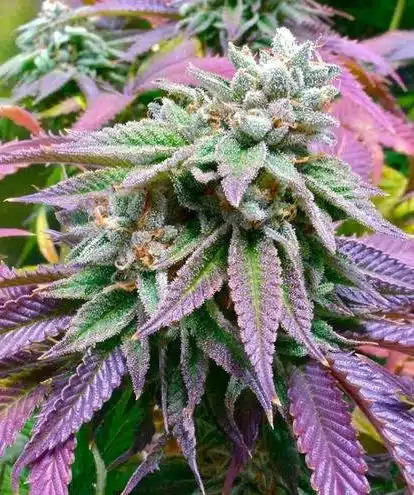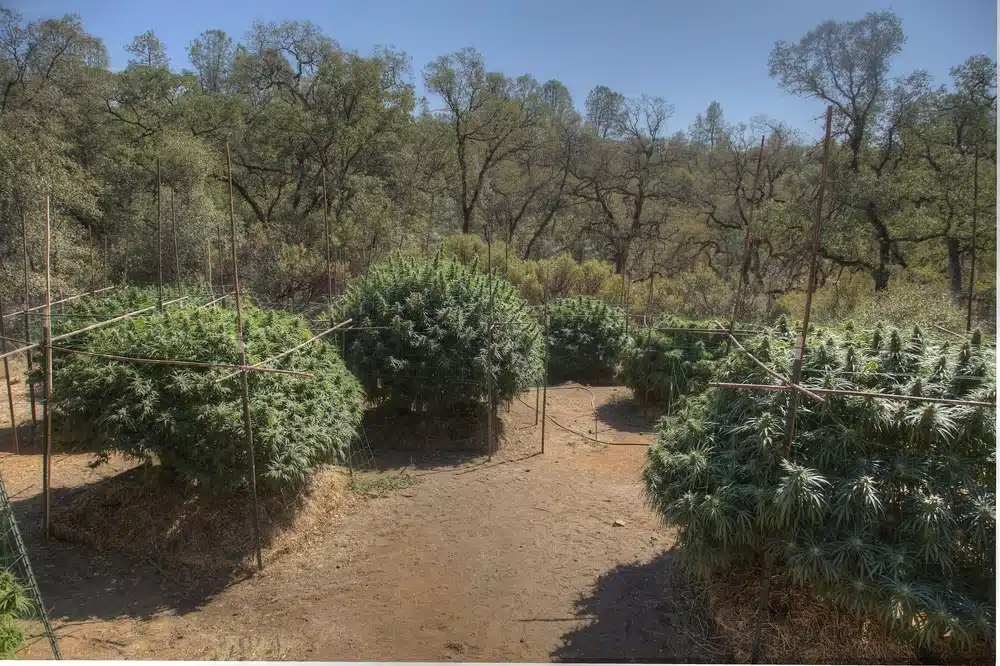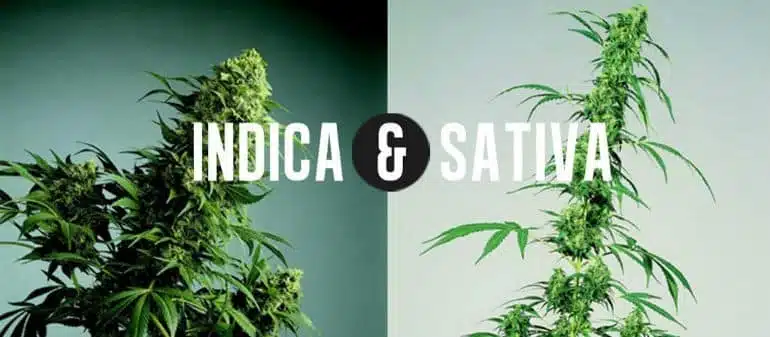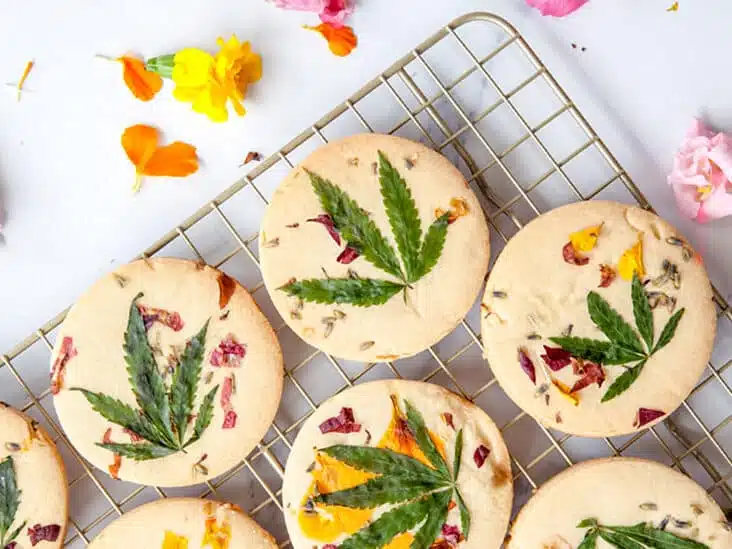How Many Seeds Do You Put In One Hole? A Practical Approach
How many seeds do you put in one hole when planting your cannabis garden? There are various theories and opinions on the matter, with some suggesting that planting a handful of high or low THC seeds is always better, while others argue for a more precise approach.
What’s the truth behind this question, and why does it matter?
Proper seed spacing is essential for ensuring healthy growth and maximum yields. Planting too many seeds in one hole can result in overcrowding, competition for resources, and stunted growth. Planting too few seeds can lead to wasted space and decreased productivity.
In this article, we explore the factors to consider when planting seeds, general guidelines for seed spacing, techniques for achieving proper spacing, and tips to ensure a successful crop.
Let’s get started!
Key takeaways
- Proper seed spacing is essential for healthy growth and maximum yields.
- The recommended distance between each seed may vary depending on the strain and growing conditions, but one weed seed per hole is recommended.
- Factors such as soil type, climate conditions, and genetics can affect how many seeds should be put in each hole.
- Overcrowding can lead to competition for resources and stunted growth, while too much space can result in wasted soil and reduced yields.
Factors to consider when planting seeds
When planting weed seeds, it’s important to consider factors such as soil moisture, sunlight exposure, and spacing between each seed.
Adequate soil moisture is necessary for the germination process to begin. Seeds need water to activate enzymes that help break down stored energy in the seed and initiate growth. However, too much water can lead to rotting of the seed or drowning of the young plant.
Sunlight exposure is also crucial for successful seed planting. Germinating cannabis seeds requires darkness, while seedlings need as much light as possible.
Spacing between each seed is critical for optimal growth and development. Overcrowding can result in competition for nutrients and space, which leads to stunted growth or even death of some plants.
Importance of proper seed spacing
Proper spacing of seeds is crucial for optimal growth and yield. When planting seeds, it’s important to consider the size of the mature plant and the space it will require to grow.
If seeds are planted too close together, they may compete for nutrients, water, and sunlight, resulting in stunted growth or poor quality crops. On the other hand, if seeds are spaced too far apart, there may be wasted soil that could have been used to grow additional plants.
To determine proper seed spacing, refer to the specific strain info on plant height. The recommended distance between each seed varies depending on the genetics. Take time to research the needs of each seed to provide it with an optimal environment for growth.
In addition to providing adequate space for each plant, proper spacing can also reduce disease by allowing air flow and preventing overcrowding.
Remember that giving your plants enough room not only benefits their individual health but also contributes to a bountiful crop overall.
General guidelines for seed spacing
Don’t underestimate the impact of seed spacing on your garden’s success. Following general guidelines for spacing can make all the difference in producing thriving and abundant plants.
Before planting, it’s important to consider the size of the mature plant and its growth requirements to determine how much space it needs. Keep in mind that these are just general guidelines and may vary based on specific strains.
By taking a little extra time to properly space your seeds before planting, you set your garden up for success from the beginning. Not only will this result in more productive plants, but you’ll also save time and effort by reducing the need for thinning or transplanting later on.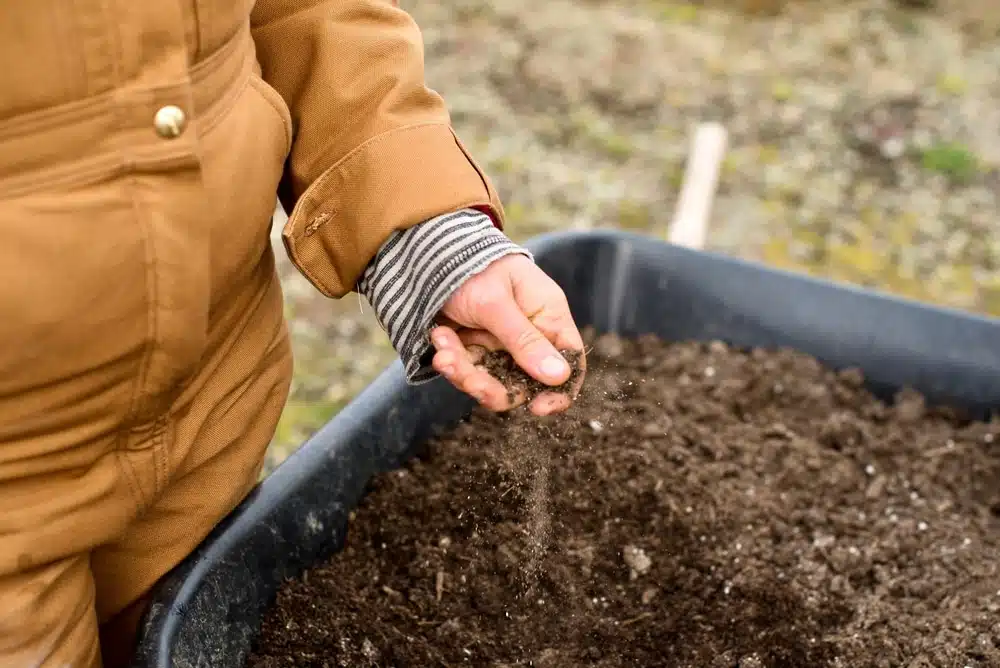
Techniques for achieving proper seed spacing
When it comes to achieving proper seed spacing, there are a few techniques you can use.
- Use measuring tools such as rulers and calipers to ensure accurate distance between each seed.
- Planting grids help in achieving uniform spacing by providing a guide for where to place the seeds.
- Hand spacing is a method that involves using your hand to space out the seeds manually.
Using these techniques can help ensure that your plants grow evenly and with enough space to thrive.
Measuring tools
Using measuring tools is like having a trusty sidekick in the garden. They help ensure you put just the right amount of seeds in each hole. Here are some common measuring tools that you can use to achieve proper seed spacing:
- Seed sower: This tool allows you to dispense seeds evenly as you walk along your row. Some seed sowers even come with interchangeable plates, so you can switch between different seed sizes.
- Seed tape: If you plant small seeds, seed tape can be a great option. Simply lay the tape down and cover it with soil. The tape will dissolve as your plants grow.
- Seed ruler: This tool has pre-marked lines for specific spacing distances, making it easy to measure out where each seed should go.
Planting grids
Now that you have your measuring tools set, it’s time to move on to the next step: using planting grids. Planting grids are essential for ensuring proper spacing between each seed and maximizing the use of space in your garden bed.
A planting grid is simply a tool that helps you create evenly spaced holes where you can plant your seeds. You can make a DIY grid by laying out string or twine in a pattern of squares or rectangles over your soil, or purchase pre-made ones made from materials like plastic or metal.
These grids come in various sizes and shapes, depending on the size of the plants you’re growing and how much space they need to thrive.
Using a planting grid ensures that each hole is uniformly spaced apart, which prevents overcrowding and gives your plants enough room to grow without competing for resources.
Additionally, this method allows you to easily keep track of where each plant is located, making maintenance tasks more efficient.
Hand spacing
To achieve precise spacing, hand spacing can be a useful technique when planting your garden. This method involves placing each seed in the ground individually, ensuring they’re evenly spaced and at the correct depth.
The benefit of hand spacing is that it allows you to customize the spacing based on the specific needs of each strain.
Here are some key points to keep in mind when using hand spacing:
- Use a ruler or measuring tape to ensure consistent spacing between seeds.
- Take note of each plant’s recommended spacing requirements before planting.
- Use a dibber or other tool to create holes at the appropriate depth for each type of seed.
- Be patient and take your time to ensure accurate placement of each seed.
- Consider wearing gloves to protect your hands from dirt and potential irritants.
With these tips, you can use hand spacing as an effective way to get your plants off to a healthy start. By taking care during the planting process, you’ll give them the best chance for success and help make sure they thrive throughout their growing season.
Tips for ensuring a healthy crop
For a healthy crop, ensure that each seed hole has the perfect amount of seeds. Not too many, not too few.
If you’re after buds, you need the guarantee of female plants. Do male plants grow faster than females? Not necessarily, so it’s better to reduce the risk by growing feminized seeds. One seed per hole is typically ideal for cannabis plants, especially if you sow in the final medium.
Consider the recommended spacing for your cannabis strain. Take note of the germination rate of your chosen seed varieties, as this will help determine how many seeds to place in each hole.
If a particular strain has a low germination rate (i.e., only 50% or less), then it’s best to plant more than one seed per hole.
Avoid overcrowding your plants by putting too many seeds in one hole. On the other hand, if you leave too much space between them, it can result in wasted resources such as water and fertilizer, since some spaces won’t be used by the plants at all.
By carefully considering these factors when planting your seeds, you’ll set yourself up for a healthier crop come harvest time.
Frequently asked questions
What is the ideal temperature for seed germination?
The ideal temperature for weed seed germination is between 71–77°F. Maintaining consistent moisture levels and proper soil conditions are also important factors for successful germination.
How long should seeds be soaked before planting?
Before planting, you can soak seeds in water for no more than 24 hours. Smaller, softer seeds require less soaking time than larger, harder ones.
Can different types of seeds be planted together in the same hole?
When planting different types of cannabis seeds together, it’s important to consider their individual needs for water, light, and nutrients. Each strain may have different requirements.
How often should seeds be watered after planting?
After planting, seeds should be watered regularly until they sprout. Watering frequency depends on soil type and temperature but generally, it’s best to keep the soil moist without overwatering. Only water when the top inch feels dry. Use a watering can to avoid disturbing the seeds.
What is the best way to prevent birds from eating newly planted seeds?
To prevent birds from eating newly planted seeds, cover the area with a light layer of mulch or use bird netting. Scarecrows and reflective tape may also deter them. Remove the deterrents once seedlings have sprouted.
Conclusion
Proper seed spacing is a vital factor that shouldn’t be overlooked if you want to achieve a healthy crop. Overcrowding or underplanting your seeds can have a significant impact on the final harvest. Now comes the crucial part of ensuring their growth and survival.
It’s essential to consider factors such as plant size, strain type, soil type, and germination rate when deciding on the number of seeds to plant per hole.
General guidelines suggest placing one cannabis seed per hole. However, this may vary depending on the specific requirements of each strain.
By following these tips for achieving proper seed spacing, you’re taking a crucial step towards ensuring a successful harvest. Remember to keep in mind the specific needs of each strain and monitor the plants’ growth regularly for any signs of overcrowding or underplanting.
So, next time you’re getting ready to plant those seeds, take a moment to consider their ideal spacing; your garden will thank you!
Happy planting!

